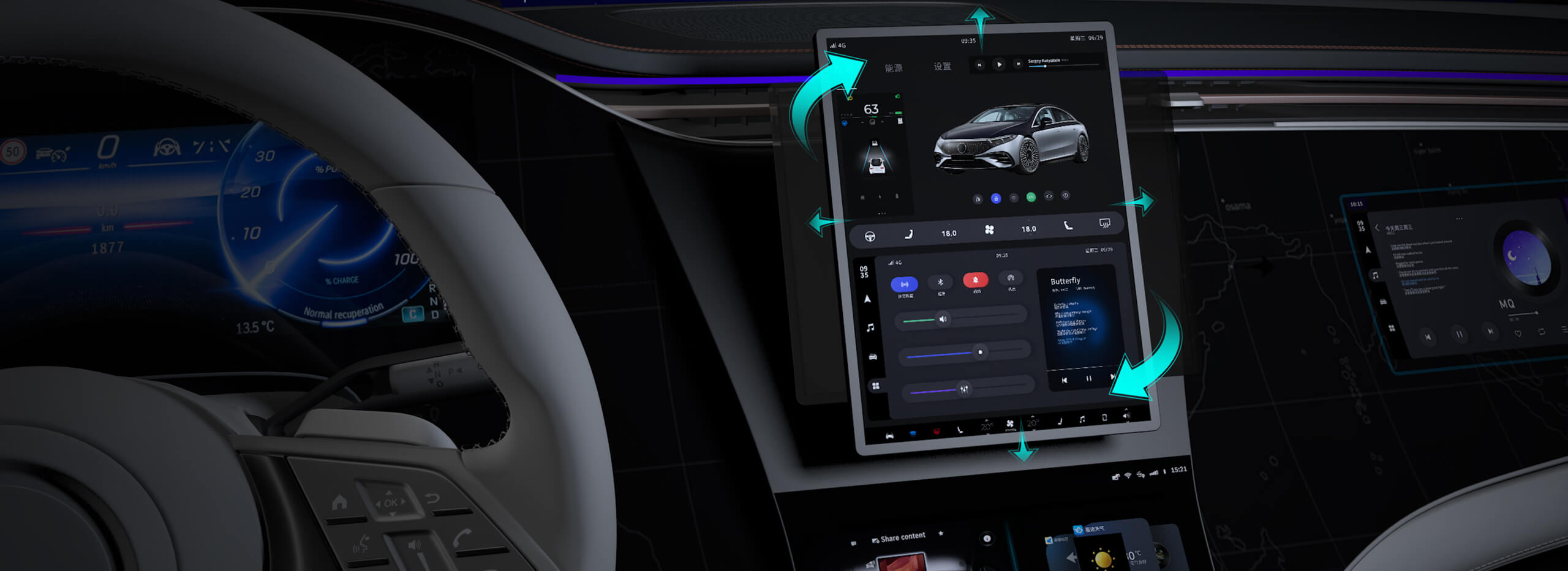In an era where automation and compact design are not just preferences but necessities, small 3-phase brushless DC gear motors are emerging as unsung heroes behind countless technological marvels. These tiny powerhouses pack a punch—delivering high efficiency, exceptional reliability, and pinpoint control—making them indispensable in modern engineering.

At first glance, the phrase “small 3-phase brushless DC gear motor” might sound like a mouthful, but each component in this term signifies a crucial aspect of its prowess. The “small” descriptor underscores its physical compactness, ideal for applications where space is at a premium. Such motors are designed to fit seamlessly into tight environments, from medical devices to miniature robotics, without sacrificing performance.
The “3-phase” aspect refers to the motor’s electrical architecture. Unlike single-phase motors, three-phase systems are inherently more balanced, providing smoother operation, higher power density, and better torque characteristics. This three-phase configuration translates into quieter operation and less vibration—factors that extend the service life and maintain precision over time.
And then, of course, “brushless” is the hallmark of modern motor technology. Traditional brushed motors rely on physical brushes to deliver current to the rotor, which leads to wear and require maintenance. In comparison, brushless DC motors (BLDC) eliminate these wear-prone parts by employing electronic commutation. This shift results in higher reliability, reduced maintenance, and improved efficiency—a trio of benefits that align perfectly with the demands of contemporary applications.
Finally, adding a gear mechanism to the mix elevates the motor’s performance. A gear motor—essentially a BLDC motor integrated with a gearing system—allows the output shaft to deliver higher torque at lower speeds while conserving energy. This makes small 3-phase brushless DC gear motors especially suitable for tasks that require precise control of movement, such as robotic joints, camera positioning systems, or automated laboratory equipment.
Understanding the inner workings of these motors reveals why they are so appealing. The electronic commutation of BLDC motors involves sensor-based or sensorless control algorithms that precisely switch the currents in the stator windings, creating a rotating magnetic field. This magnetic field interacts with the rotor’s magnets, causing it to turn smoothly and efficiently. The result? A motor that runs cooler, lasts longer, and delivers consistent performance—traits highly valued in demanding industrial and consumer applications.
Moreover, the design of small 3-phase BLDC gear motors prioritizes integration. Engineers often engineer these motors to be lightweight yet robust, maximizing performance-to-weight ratios. They’re often manufactured with high-precision components, including rare-earth magnets and engineered stator structures, optimizing efficiency and torque density despite their diminutive size.
What makes these motors particularly compelling is their adaptability. As automation continues to infiltrate diverse sectors—medical devices, aerospace, home automation, and even jewelry manufacturing—the need for tiny yet reliable power solutions grows exponentially. The small 3-phase BLDC gear motor offers a unique blend: high power output relative to size, excellent control capabilities, and low maintenance costs—properties that resonate profoundly with modern design philosophies.
The advantages extend beyond performance metrics. These motors are known for their energy efficiency, translating into reduced operational costs and a greener footprint. In battery-powered devices, for example, every bit of efficiency counts, enabling longer operation times without enlarging batteries or increasing energy consumption.
Furthermore, the silent operation of BLDC motors lends itself well to consumer-facing applications. Think about a high-end camera stabilizer that needs imperceptible noise levels or a medical infusion pump where quiet operation ensures patient comfort. The small 3-phase BLDC gear motor meets these requirements effortlessly, blending power with discretion.
Despite their many benefits, designing and selecting the right small 3-phase BLDC gear motor requires understanding specific application demands—such as load requirements, torque-speed characteristics, control complexity, and environmental conditions. The integration of gearing must also be carefully considered, as gear ratios directly influence the motor’s output speed and torque.
As innovation accelerates, so do the possibilities for these tiny yet mighty motors. Advances in materials, control algorithms, and manufacturing precision continue to push the boundaries of what compact motors can achieve. The trend toward smarter, more connected devices further elevates the importance of such motors, as they can be integrated with sensors, IoT systems, and embedded controllers for optimal performance.
The essence of the small 3-phase brushless DC gear motor is its adaptability—its ability to deliver power, precision, and durability in tight or demanding spaces. Whether it’s powering a drone’s camera gimbal, a robotic surgical assistant, or a compact home automation device, this motor exemplifies the perfect union of engineering ingenuity and real-world application.
Stay tuned for the next part, where we will explore specific industry applications, future innovations, and practical tips for selecting the best small 3-phase BLDC gear motor for your needs.
Kpower has delivered professional drive system solutions to over 500 enterprise clients globally with products covering various fields such as Smart Home Systems, Automatic Electronics, Robotics, Precision Agriculture, Drones, and Industrial Automation.




































